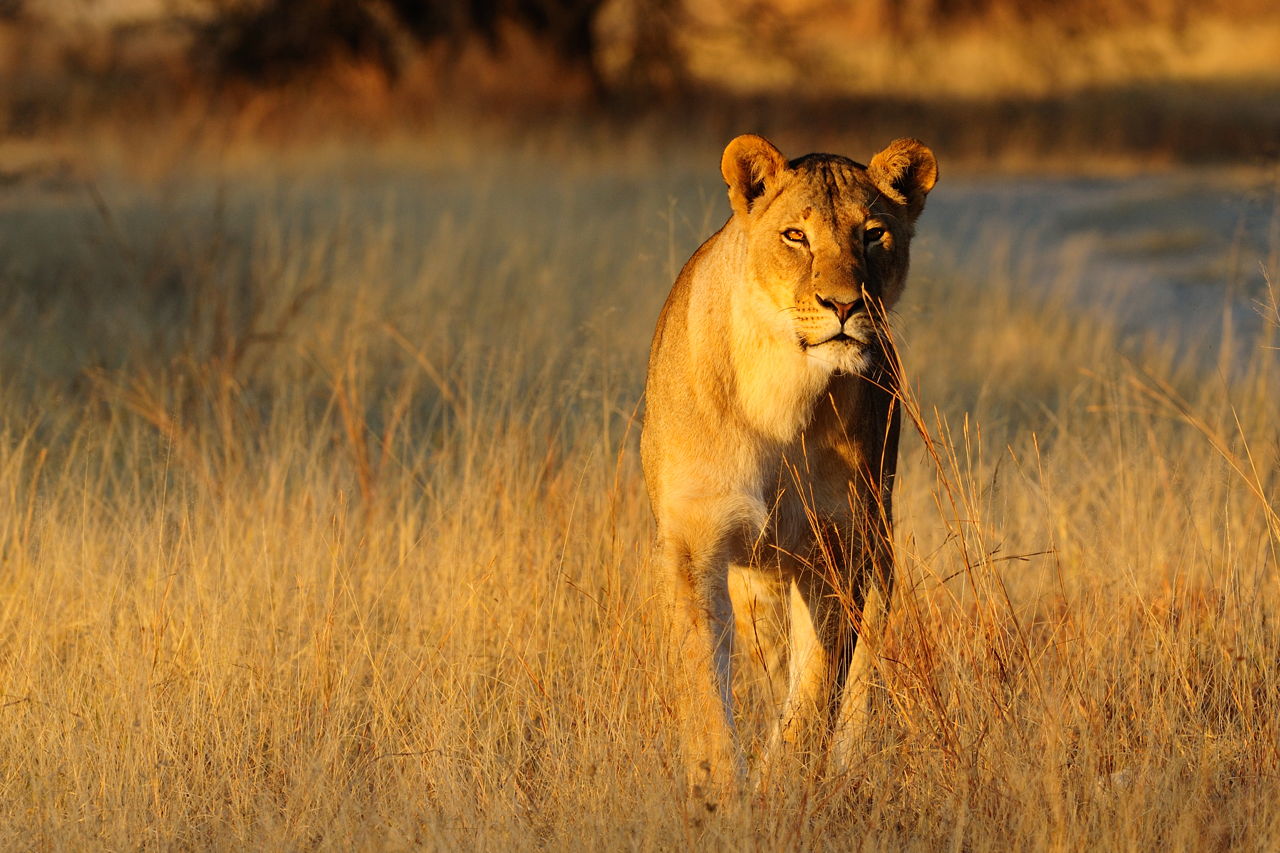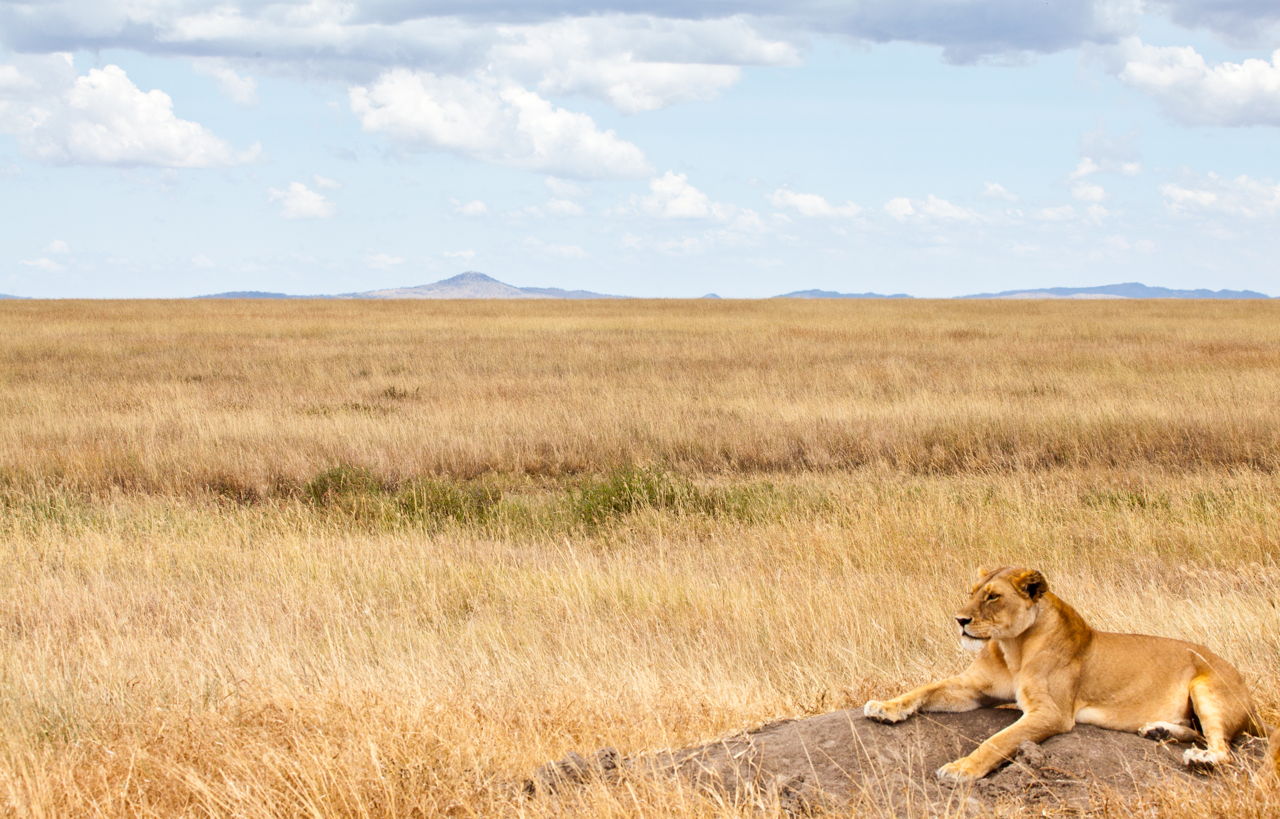Temperate Grassland Animal Adaptations Examples

One of the best examples of dietary adaptation in grassland animals can be seen in bison species.
Temperate grassland animal adaptations examples. Temperate grasslands support a large array of wildlife. Adaptations of animals and plants animals one of the most striking physical adaptation of grassland animals is the modification of their set of teeth. Grassland plant adaptations include deep roots narrow leaves and brightly colored flowers.
Well define these adaptations and provide an example of each by taking a look at some grassland animals. Grassland plants particularly grasses themselves grow from the base of the plant rather than the tips. Savanna grassland animals adaptations.
These bovine animals sport flat-topped teeth which makes it easier for them to feed on grass. Grassland animals adaptations many animals have adapted to the grasslands. Animals that live in Illinois prairies today are adapted to the grassland.
There could be approximately 25 small and large herbivores feasting in a given temperate grassland all dining. Camels long leg eyelids hump are all examples of adaptation. I am going to talk about their adaptations what they eat and what they do to survive during the seasons.
The climate in the temperate region varies from semi-arid to semi-humid grasslands. Small animals such as squirrels and chipmunks gather nuts and seeds storing them in hollow logs or holes in the ground. Examples of grassland adaptations plants.
Prairie dogs also have whiskers that they use for balance so when they walk they wont fall over. As well as those that consume other animals that live in this biome. Animal adaptations in a grassland are often based around grass itself.



















